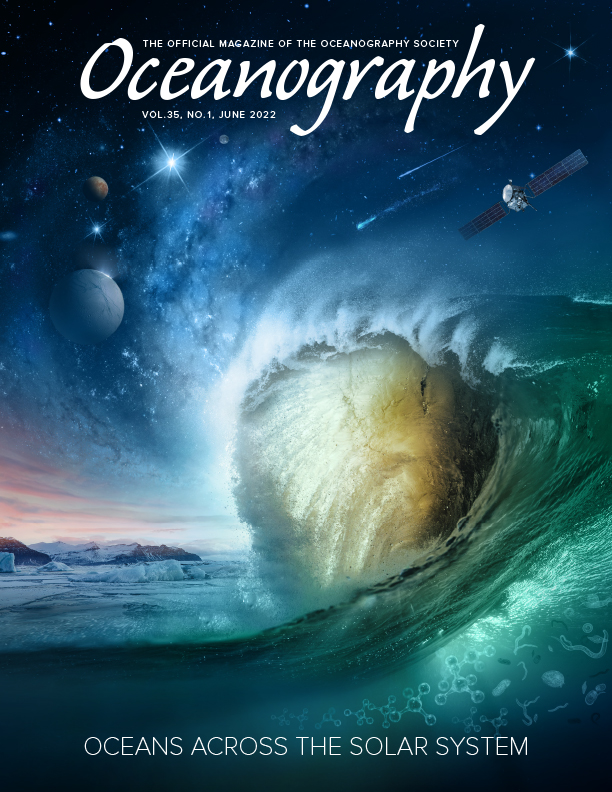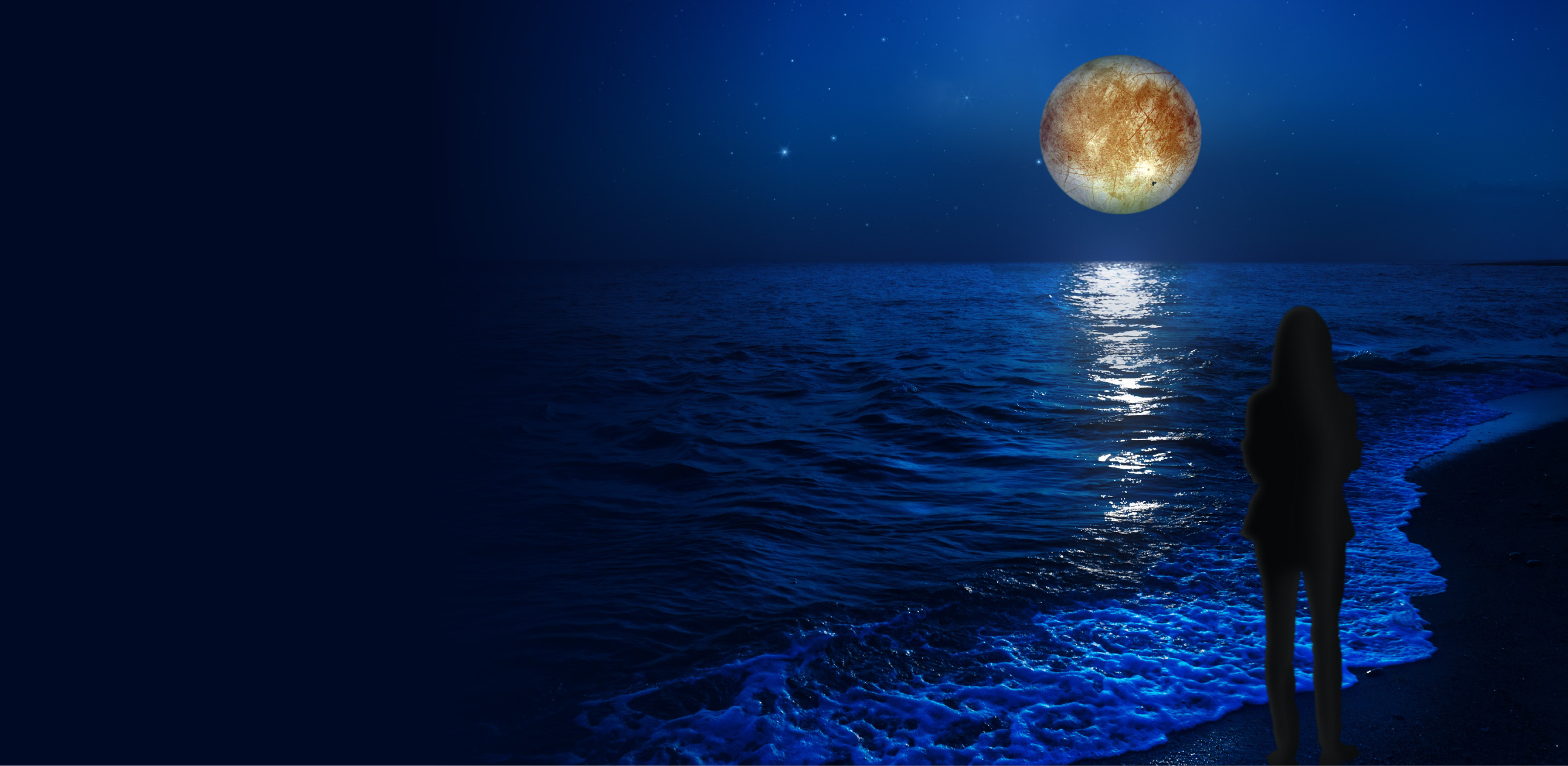Full Text
|
|
Introduction
For centuries, humans have looked to the stars and wondered, are we alone in the universe? Growing up in Florida, I always had an affinity for the ocean. Later, my sights were set higher, focusing on the stars and what may lie beyond Earth’s atmosphere. I became intrigued by planetary science and how exoplanets can change our understanding of how we define habitability.
A few years ago, my astronomy course read the book, Rare Earth: Why Complex Life is Uncommon in the Universe (Ward and Brownlee, 2003). The story dove into the possibility of finding life elsewhere, with an emphasis on extremophiles. Once scientists understood that life could thrive in the harshest environments on Earth, a world of possibilities regarding extraterrestrial life began to crystallize. The idea that life can not only be found but also thrive on Earth in these extreme environments challenges humanity’s perception about what we deem habitable. However, it was not until my first NASA internship with the Ocean Biology & Biogeochemistry program and the Network for Ocean Worlds that I was exposed to a different perspective on the search for extant life.
My work entailed coordinating and encouraging conversations between Earth and planetary scientists to develop synergistic research questions to advance our understanding of ocean worlds. This experience solidified for me how two seemingly diverse disciplines were actually strongly interrelated and became the missing link I needed to combine all of my interests. Not only has the discovery of ocean worlds in our own solar system amplified the belief in the possibility for extraterrestrial life, it has also furthered humanity’s desire to explore more of our own ocean.
Combining Earth and Planetary Science
This is a very exciting time to be in the field of astrobiology and the exploration of ocean worlds. As a young scientist interested in this discipline, I see a future with Earth and planetary scientists collaborating to illuminate gaps and enhance research directions in all their disciplines. An area of particular interest for me involves the study of deep hypersaline anoxic basins (DHABs). DHABs are high-salinity lakes found more than 1.5 km below the ocean’s surface (Varrella et al., 2020). The combination of osmotic stress, permanent anoxia, and elevated hydrostatic pressure makes them one of the most extreme and least explored environments on Earth. Despite these conditions, life still finds a way to survive (Fisher et al., 2021). The varied chemical conditions present in these environments serve as an ideal testing ground for understanding the suite of conditions that may be present on icy moons (Antunes et al., 2020).
Current research suggests that the cracks in the icy surface of Jupiter’s moon Europa result from the subsurface rise and fall of ocean tides, and that the chemical composition present on the surface should be indicative of subsurface ocean composition (Johnson et al., 2019; Zolotov and Shock, 2001). Kevin Hand and Robert Carlson from NASA’s Jet Propulsion Laboratory conducted studies exposing NaCl to conditions known to exist on Europa, notably radiation, that resulted in a discoloration similar to what has been observed on the surface of that moon (Hand and Carlson, 2015). I found this result intriguing, as the majority of DHAB environments are NaCl dominated (Fisher et al., 2021). Given the uncertainty of ionic compositions within icy moons, studying the ecology of DHABs on Earth can provide valuable insights into understanding the conditions that may be required to support life beyond our planet (Marion et al., 2003).
Future Missions
Though there are still many unknowns within this field, there are exciting upcoming space missions, such as Dragonfly, designed to explore the fascinating world of Saturn’s moon Titan (NASA, 2020; Lorenz, 2022). Hosting many lakes of liquid methane and ethane, Titan is one of the most interesting candidates for extant life. It is the only place within our solar system, aside from Earth, known to harbor liquid on its surface (Lorenz et al., 2018; NASA, 2020). Additionally, Europa Clipper, which is set to launch in 2024, will explore Europa. (NASA, 2020). This moon is intriguing to NASA, given the high likelihood there of a liquid body of water in contact with a rocky seafloor (Johnson et al., 2019). Lying deep beneath an icy crust, data suggest this ocean is approximately twice the mass of Earth’s, making Europa the prime target for a potentially habitable world (Johnson et al., 2019; NASA, 2020; Hand et al., 2022). So far, researchers have been working with decades old data from the Galileo mission and the Hubble Space Telescope (Howell and Pappalardo, 2020). These future missions, coupled with the newly launched James Webb Space Telescope, hold the promise of changing our understanding of the origins of ocean worlds in our own solar system and beyond. While these technologies will take time to fully achieve their goals, the benefits of having our own ocean world, Earth, as a resource, provides a more immediate opportunity for gathering data.
The Ocean Worlds Community
While the advancements in technology are awe-inspiring, it is the people I have been fortunate to work with who have made an indelible impact. They have been incredibly collaborative, informative, inclusive, and always willing to take the extra time to expand upon a question or concept I found interesting. Networking opportunities are highly encouraged and endless. Throughout the various activities I have attended, such as the Woods Hole Oceanographic Institution’s Ocean Carbon and Biogeochemistry workshop and NASA’s annual Ocean Worlds Meeting, the common theme has been the accessibility of the speakers to the students. I took advantage of these opportunities and found the participating scientists eager to discuss their research as well as offer advice for positioning oneself for the future.
These conversations led me to multiple NASA internships and a guest student appointment at Woods Hole Oceanographic Institution. For anyone interested in getting involved with this field, my biggest piece of advice is to take full advantage of networking opportunities, and do not be afraid to reach out to people—you never know where it may lead. I am consistently inspired by the many possibilities and the variety of people with whom I can work. Whether an engineer, oceanographer, or planetary scientist, there is a place for you in the study of ocean worlds. My experience interning with NASA has opened my eyes to the possibilities within this field and provided a foundation for expanding my horizons during graduate studies and a professional career.


